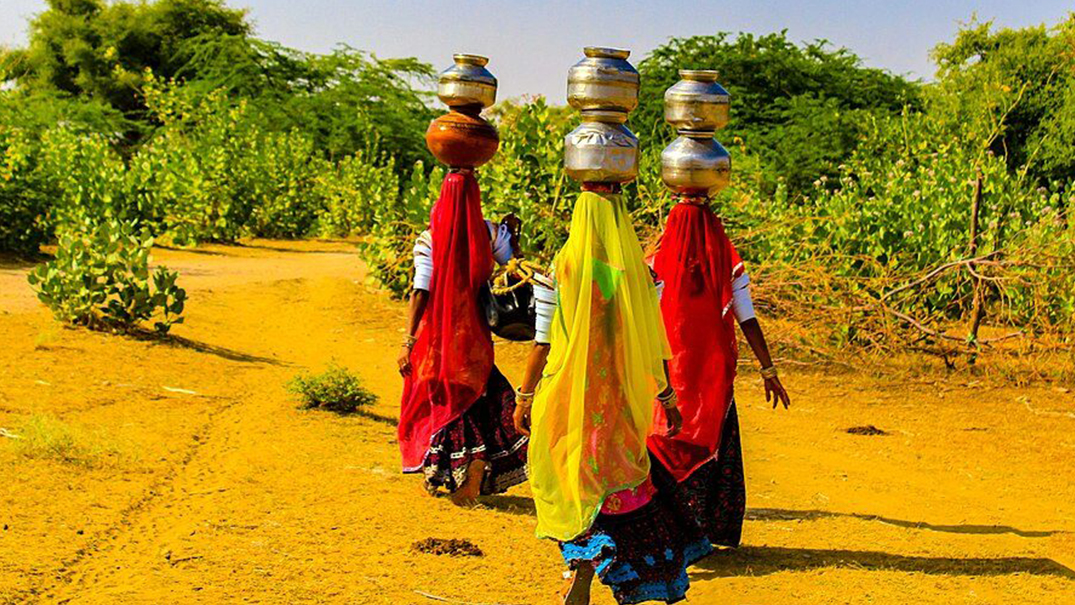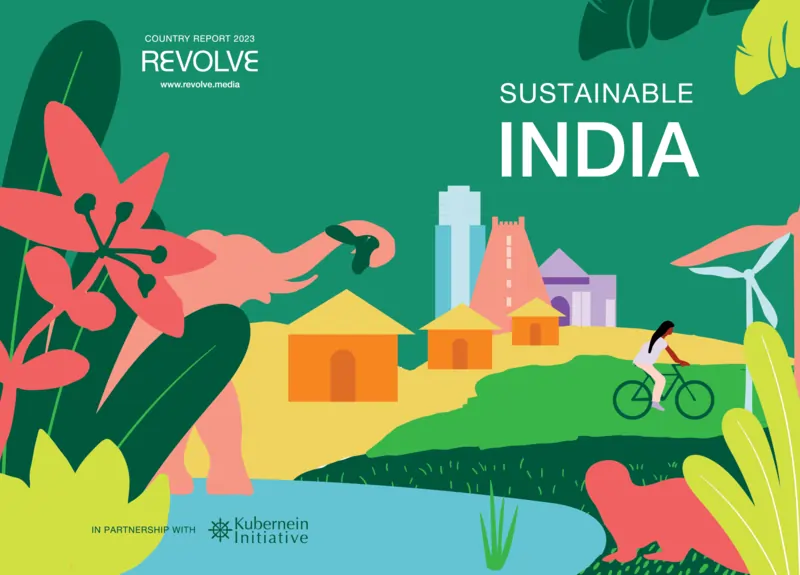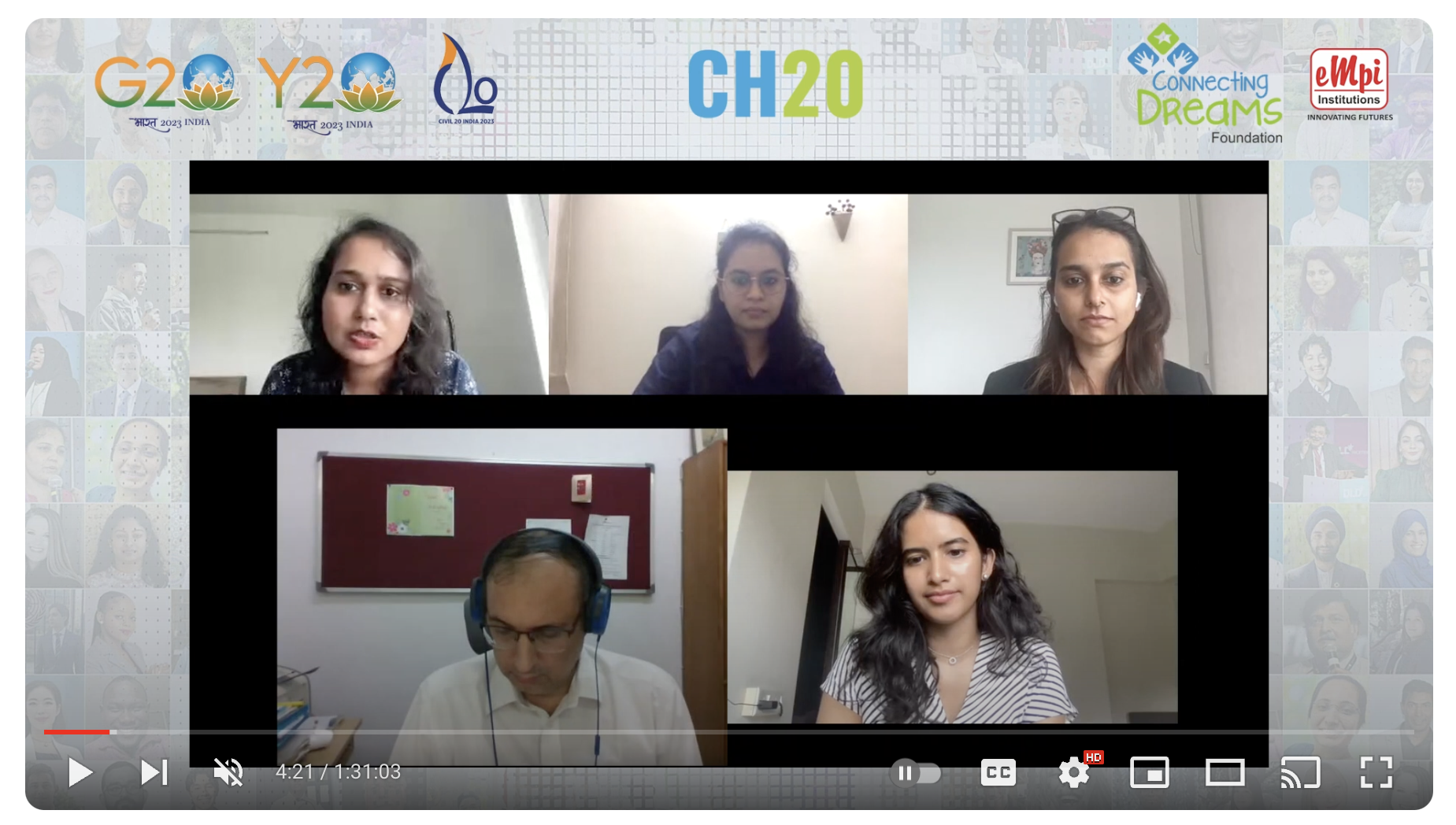The Women, Water, & Policy Nexus: Addressing Gender Inequality in Water Management
The Covid-19 pandemic has brought greater attention to the question of water as a basic human right. The prescribed need to wash hands for 20 seconds to safeguard against the virus—where 20 seconds of running water is approximately 1-2 litres—brings to the fore the indispensability of water for households and health needs and with that the role of women as key agents of transformation in the lives of their families and communities. Already operating under severe water stress and without access to proper reproductive health and menstrual hygiene, women in low and middle-income countries struggled as authorities failed to equitably manage the reallocation of scarce resources in response to the pandemic. The pandemic is just one example that exemplifies the need to further include women as key stakeholders across all levels of the decision-making process for water resource management.
In recent times, there have been some advances on the global front to ensure greater gender representation under the ambition of reaching an all-inclusive means of decision-making, predominantly in the education and healthcare sectors. This is seen vis-à-vis a greater focus on feminist values and gender inclusivity in development assistance by international agencies and endorsement of such concepts in foreign policy strategies of countries particularly in the EU. However, the intersection of the two streams of women and water—both underappreciated ‘assets’ in human growth and global governance—in other prominent sectors of policymaking, be it at the municipal levels or the highest levels of foreign affairs, remains marginal at best in most parts of the world. The simple fact that both World Water Day and International Women’s Day fall in the same month annually but are rarely linked serves as a case in point.
Globally women and girls collectively spend over 200 million hours every day fetching water from far-off wells, rivers, and collection points. This unpaid labour prevents them from participating in and contributing to the formal economy. This opportunity cost is often as major as an annual economic loss of up to 7 percent of the GDP. In India alone, it is estimated that the time women spend every year fetching and carrying water is equivalent to a national loss of income of INR 10 billion (USD 160 million). Women are also the first to be affected when there is a water crisis, leading to cascading effects on their health and socio-economic security which goes untended.
Traditionally water management—the science and engineering of the resource—and water policymaking have been male-dominated spaces, much like other fields of governance. The role of women within water decision-making spheres, both at the domestic level and even more so at the international, transboundary space, has been unrecognized and overlooked. Domestic water management, which is more focused on supply management through infrastructure development, is a very top-down political process and is managed through patriarchal structures highly dominated by men on the political as well as technical sides. A World Bank study of 28 economies showed that fewer than one in five workers in the water utility sector were women. This imbalance often results in water management, distribution, and access processes which are oft-times fundamentally ignorant to the needs of women and young girls. A shift towards an integrated approach with demand management, re-use, and recycling practices with a more balanced representation of women in making and implementing these policies will help address such unequal water management frameworks. Women are keenly aware of the needs of their households and local communities and can contribute to overall sustainable water management, hence their inclusion as key stakeholders will provide important perspectives and timely solutions to subsisting water issues. It is time to view women and girls as active managers of the resource which defines their everyday life, and not simply as mere collectors.
In the international space, where water management is increasingly viewed as a security issue, women play an even smaller role. Transboundary water management is habitually dominated by large-scale infrastructure projects and perceived through the vantage of hard security discourse. This notion is even more starkly prevalent in regions such as South Asia where borders are contentious and tense relations between countries make shared rivers a by-product of political posturing and rhetoric. This security-oriented masculine discourse fails to consider the domino effects on smaller communities, where at the very core women are disproportionately impacted. Even in climate-related discourse, women are often missing despite the evident impact on their lives when faced by a natural disaster or climate-induced calamities. The 2015 earthquake in Nepal, one of the deadliest in the region in recent times, starkly highlighted how women and girls were acutely affected: women accounted for 55 percent of deaths and faced numerous other issues. Yet women continue to be under-represented at the decision-making tables. In spite of recent instances of water diplomacy and cooperation between competing riparian countries, the policy framework is yet to fully adopt a holistic river basin approach where the interests of indigenous communities and marginalized gender groups are accommodated.
In the international space, where water management is increasingly viewed as a security issue, women play an even smaller role. Transboundary water management is habitually dominated by large-scale infrastructure projects and perceived through the vantage of hard security discourse. This notion is even more starkly prevalent in regions such as South Asia where borders are contentious and tense relations between countries make shared rivers a by-product of political posturing and rhetoric. This security-oriented masculine discourse fails to consider the domino effects on smaller communities, where at the very core women are disproportionately impacted. Even in climate-related discourse, women are often missing despite the evident impact on their lives when faced by a natural disaster or climate-induced calamities. The 2015 earthquake in Nepal, one of the deadliest in the region in recent times, starkly highlighted how women and girls were acutely affected: women accounted for 55 percent of deaths and faced numerous other issues. Yet women continue to be under-represented at the decision-making tables. In spite of recent instances of water diplomacy and cooperation between competing riparian countries, the policy framework is yet to fully adopt a holistic river basin approach where the interests of indigenous communities and marginalized gender groups are accommodated.
Concerted efforts to adopt a more gender-balanced water management framework and inclusive approach that accounts for existing socio-cultural realities will create a positive effect on the lives of women, their entire communities, and future generations. The successes of more gender mainstreaming in certain areas of international relations and multilateral conversations needs to be translated into transboundary water cooperation and holistic water management. This will only be possible when women are included as key stakeholders, decision-makers, and implementers for water and this transition should be accompanied by strong implementable policies to overcome the entrenched perceptions and decades of deep-seated inequalities.
This article was originally published on STIMSON on March 7, 2022 as part of their commentary on Climate & Natural Resources Energy, Water, and Sustainability Program Women and Water Security Project.



